Buy/Drive/Burn: American Malaise Sports Cars of 1982

The year is 1982. You’re a lover of domestic sports cars, but also suffer from a distinct lack of funding in this era of American Malaise. Three updated, base model, fuel sipping rides are in your purview — all of them with four-cylinder engines.
Which one do you take home?
Today’s Buy/Drive/Burn trio was suggested a long time ago by commenter JohnTaurus, who was inspired by the Dodge Challenger Rare Ride. Thank him for these glorious choices.
Chevrolet Camaro
Brand new for the 1982 model year, the third generation Camaro was the new hotness. Fuel injection, four-speed automatics, and four-cylinder engines — all yours! Today’s Camaro was assembled in the city of Norwood, in Cincinnati, Ohio. Initial offerings included three trim levels: Sport Coupe, Berlinetta, and Z28. Our choice is, of course, the base model. Power for the Sport Coupe came from the 2.5-liter Iron Duke inline-four, like you’d find in a contemporary and fine Chevy Celebrity. All 90 horsepowers traveled to the hubcapped rear wheels via the four-speed manual transmission.
Ford Mustang
The Mustang was all new for 1979, in its third generation. It was at that point the Mustang moved to the now-famous Fox body platform. Offering more choice than Chevrolet, the Mustang was available in coupe, liftback, or convertible formats. We’ve selected the liftback version today. The base model gained an actual trim name for the ’82 model year — L. It accompanied the GL, GLX, LX, and GT trims (GT shown above). Like the Camaro, cylinder count ranged between four and eight. The engine of relevance here was the 2.3-liter unit shared with the Pinto, sending 88 Pinto horses through the four-speed manual.
Dodge Challenger
Dodge’s sporty Challenger was only in its second generation. The first generation bowed out after 1974, leaving a gap in the Challenger lineage until 1978. At that point Chrysler conducted a badging exercise with the Mitsubishi Galant Lambda, and birthed the Dodge Challenger and Plymouth Sapporo. Only one bodystyle was available: the pillarless coupe seen above. Chrysler’s coupe offered two different four-cylinder engines, limited to the larger one after a cosmetic refresh for 1981. The 2.6-liter “Hemi” inline-four utilized the latest NVH technology developed by Mitsubishi. Topping our trio, the Challenger offered 105 horsepower tethered to a five-speed manual (also the most gears).
Three sporty two-doors, their cylinder counts kept low in the pursuit of value and economy. Which goes home to the tri-level?
[Images: GM, Ford, Chrysler]

Interested in lots of cars and their various historical contexts. Started writing articles for TTAC in late 2016, when my first posts were QOTDs. From there I started a few new series like Rare Rides, Buy/Drive/Burn, Abandoned History, and most recently Rare Rides Icons. Operating from a home base in Cincinnati, Ohio, a relative auto journalist dead zone. Many of my articles are prompted by something I'll see on social media that sparks my interest and causes me to research. Finding articles and information from the early days of the internet and beyond that covers the little details lost to time: trim packages, color and wheel choices, interior fabrics. Beyond those, I'm fascinated by automotive industry experiments, both failures and successes. Lately I've taken an interest in AI, and generating "what if" type images for car models long dead. Reincarnating a modern Toyota Paseo, Lincoln Mark IX, or Isuzu Trooper through a text prompt is fun. Fun to post them on Twitter too, and watch people overreact. To that end, the social media I use most is Twitter, @CoreyLewis86. I also contribute pieces for Forbes Wheels and Forbes Home.
More by Corey Lewis
Latest Car Reviews
Read moreLatest Product Reviews
Read moreRecent Comments
- SCE to AUX They're spending billions on this venture, so I hope so.Investing during a lull in the EV market seems like a smart move - "buy low, sell high" and all that.Key for Honda will be achieving high efficiency in its EVs, something not everybody can do.
- ChristianWimmer It might be overpriced for most, but probably not for the affluent city-dwellers who these are targeted at - we have tons of them in Munich where I live so I “get it”. I just think these look so terribly cheap and weird from a design POV.
- NotMyCircusNotMyMonkeys so many people here fellating musks fat sack, or hodling the baggies for TSLA. which are you?
- Kwik_Shift_Pro4X Canadians are able to win?
- Doc423 More over-priced, unreliable garbage from Mini Cooper/BMW.



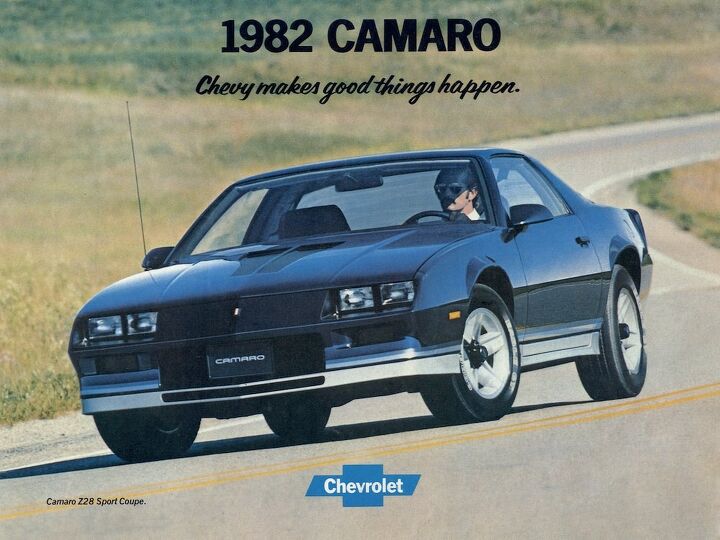
















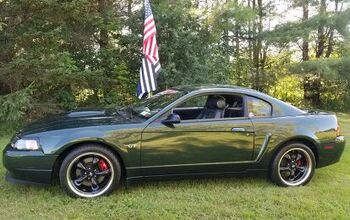

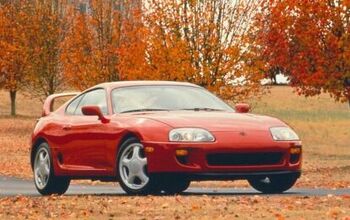
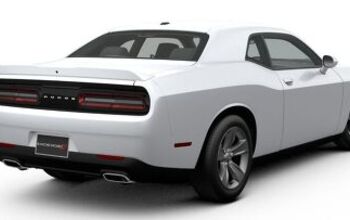
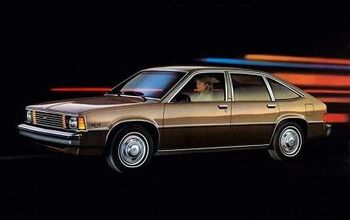
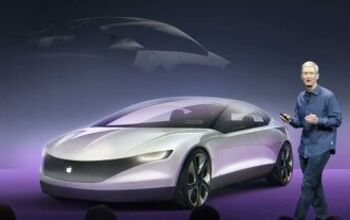
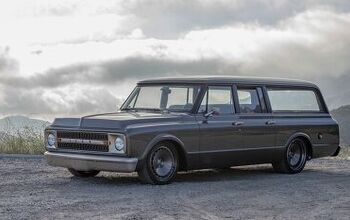

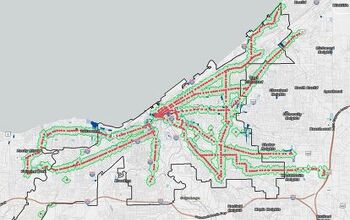
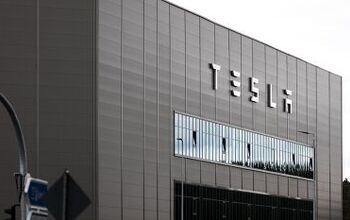
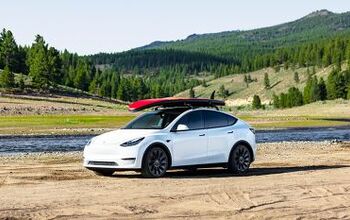
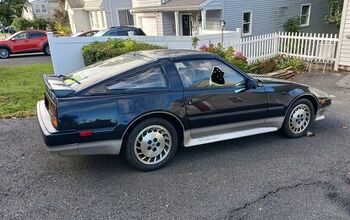
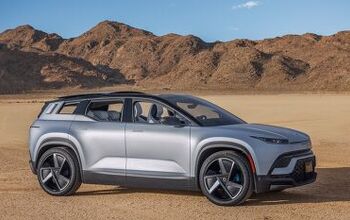


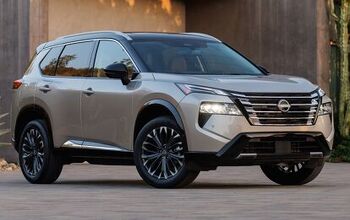
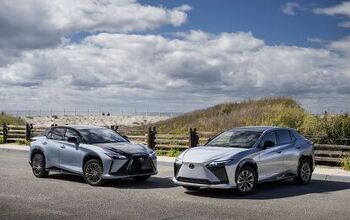
Comments
Join the conversation
A "Pillarless coupe" is called a "hardtop". Leaders of the B&B should familiarize themselves with automotive terminology.
Buy the Mustang, drive the Challenger, and burn that Mulletmobile.